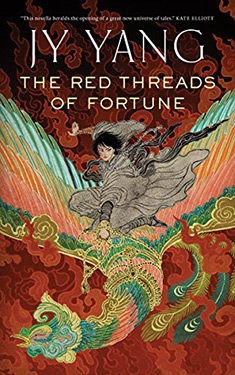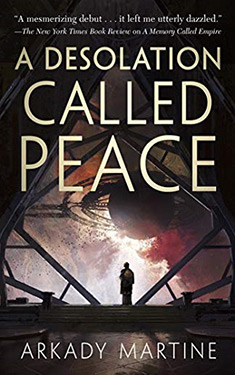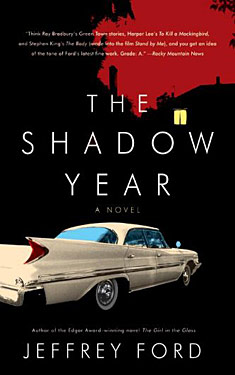James Morrow
Completed 10/23/2022, Reviewed 10/23/2022
4 stars
Loved this book. I also loved Morrow’s later “Towing Jehovah”, which I read back in the ‘90s, before I was writing reviews. This one postulates a modern day messiah. This one, though, is a woman, a half-sister to Jesus. She is destined to battle the devil as well as the Neo-Christians who are trying to bring about the second coming. It’s a satirical look at religious extremism and reflects on the question that if Jesus came back, would we recognize him, or anyone divine. This book, as well as “Towing Jehovah” won World Fantasy Awards, with “Daughter” winning for 1991, and both were nominated for a slew of others.
Murray Katz is an awkward, lonely, Jewish man living in a defunct lighthouse near Atlantic City, New Jersey. To earn extra money, he regularly sells to a nearby sperm bank that specializes in contributions from Nobel winners as well as common men. After one such visit, Murray is contacted by a scientist at the bank and is told that he produced a full embryo, not just gametes. Upon finding it, the scientist put it in an artificial womb. Murray steals the womb right before a Neo-Christian group called the Revelationists bomb the bank. He and a lesbian woman named Georgina who had been impregnated from the bank bring the fetus to term and they both raise their respective daughters together. After realizing that his daughter Julie can perform miracles and is begotten of God, he spends her childhood trying to reinforce in her to not perform any such miracles, lest groups like the Revelationists come for her. As she grows, she is tempted by the devil, spends time in hell, and does her best to stand against the Revelationists, all the while trying to gain direct contact with God.
I really like all the characters in this book. Julie and Murray are terrific characters. So human, and Julie, also so divine. I could empathize with both. Georgina and her daughter Phoebe are also great, though Phoebe develops a lot of behavioral issues. It is all done so well. They are believable and natural. Even the bad guys are well-developed, specifically, Reverend Billy, who heads the Revelationists and tries to bring about the second coming through violence, fire, and murder, all based on his interpretation of Revelations. He’s not totally one-dimensionally evil, having questions of conscience about what he’s doing throughout the book. He’s more three-dimensional than I would have expected.
Morrow is a good writer, with spare prose that’s not too flowery. It kept me engaged even during some slow parts of the book. Yes, there were some slow parts, particularly when Julie is finally adult. She tries to figure out ways to spread her message without being a miracle-worker. And that section is a little dry. Also, when she returns from hell, it gets a little slow at times until the finale. But the majority of the book is well-paced and very interesting.
I give this book four stars out of five. It fell just short of five stars because of the slow-paced sections. I found myself questioning Morrow’s choice of situations to put Julie in. However, overall, this book ranks up there with some of the great religious satires of the 90’s, like American Gods and “Lamb: The Gospel According to Biff” by Christopher Moore, and “Live from Golgotha” by Gore Vidal (the last two also from the time before I was writing reviews). I find it a shame that Morrow is not as well known and as widely read. He’s a very good writer and has some terrific ideas, questions, and points to make. I’ve been wanting to read more of him for a long time, and after “Daughter”, I think I’ll be searching his other books out a little harder.






